These days, digging some holes and planting some salad greens or a few radishes has become a political statement. Decades ago, homeowners grew Victory gardens at the behest of governments marshaling resources for World War II.
Today, in community gardens and backyards, a new victory garden movement has captured the attention of people in a fractured economic environment.
In cities and in suburban areas, there is a surging interest in growing organic food. Retailers around the world are experiencing hefty sales increases for organic products. Online retailers are reporting the highest sales growth.

(Photo: Bad Alley Cat/Flickr)
Growing Organic Vegetables in Containers
Contents
Do you live in an apartment or a small home and yearn to grow your own fresh organic vegetables? Don’t let a perceived lack of space stop you. Container gardening allows you to grow organic vegetables even in the smallest of spaces.
That means homeowners with small yards – and urbanites who have nothing more than balconies or window sills – can grow organic vegetables, too.
Below are a few tips to help you get started on an organic vegetable garden in containers.
Choose the right location.
Choosing the right location is important to your garden’s success. Most vegetables need at least six hours of direct sunlight each day. Yes, people grow gardens in fire escape landings, balconies, window sills, rooftops, and yard-aisles only a few feet wide.
But finding the right spot can be tricky. Do not overestimate how much sun an area receives. You need an accurate assessment.
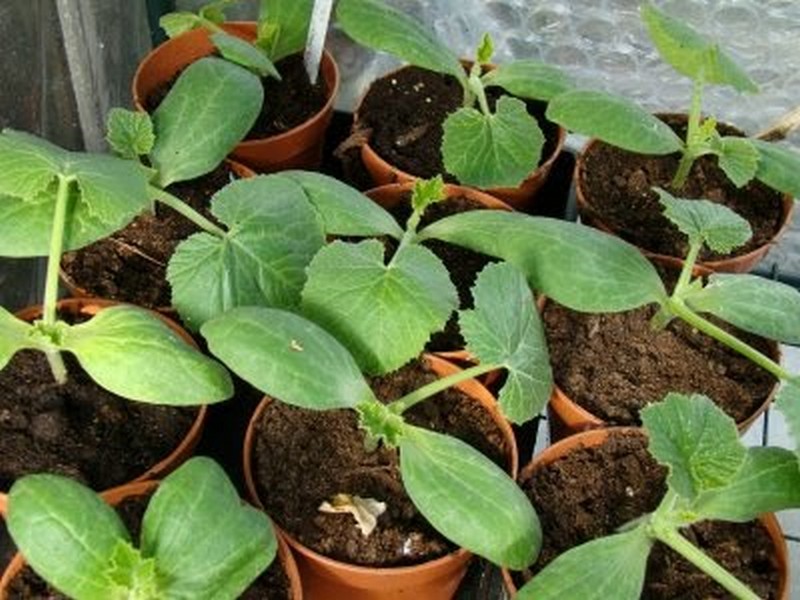
Check your chosen location every 30 minutes throughout the day to confirm the hours of its exposure to full sunlight. That will require some diligence, but your garden will reward your persistence with ample harvests later on.
If you live in a hot climate, you may need to shelter your plants during the heat of the afternoon. If you live in a cool climate, avoid setting your containers out in the cold all day until the temperature becomes reliably warm. Most plants require soil temperatures of at least 15°C.
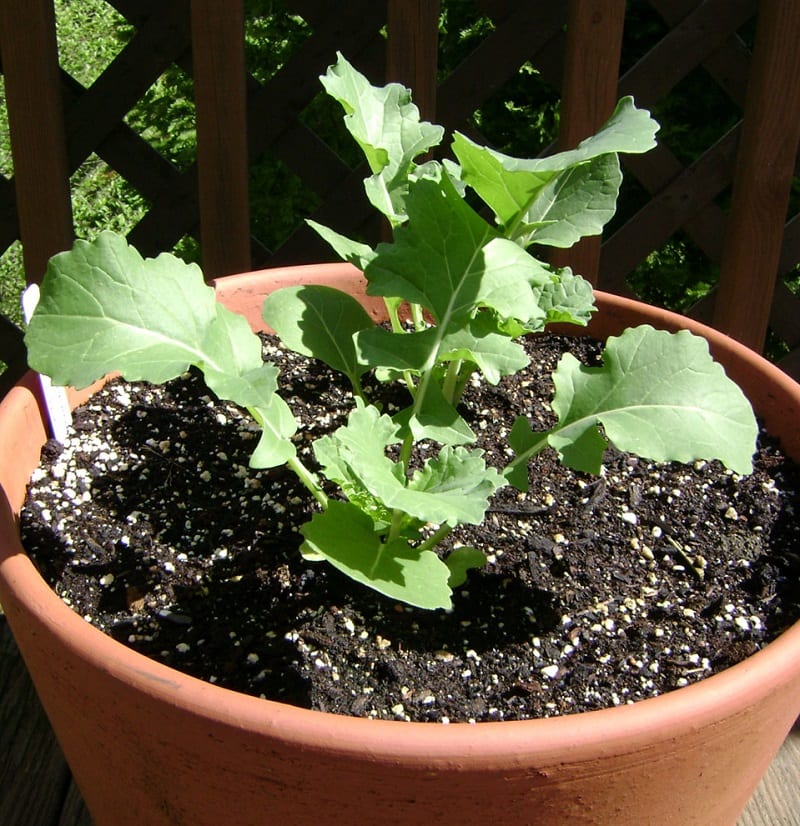
Select containers for your garden.
You will need containers that will work for the vegetable varieties you want to grow. Tall pots are best for deep-rooted plants, shrubs, or small trees. Small pots are good for shallow-rooted plants and bulbs.
You may need hanging baskets for cascading plants or vines. If none are available, you can train vines to climb on trellises, a low fence, or even balustrades.

(Photo: Christopher Porter/Flickr)
Clay pots are popular. They go well with most home decor and foliage. Plastic pots are inexpensive and available in a range of colors.
But you can also use almost any household object: from bowls and boxes to buckets, wicker baskets, old bathtubs, and used boots. You can use anything with depth, adequate drainage holes, and a flat bottom.

(Photo: Michael Coghlan/Flickr)
Use an organic growing medium.
Most commercial potting soils – also known as growing mixes – contain synthetic ingredients such as chemical fertilizers and wetting agents. But more and more garden centers are selling organic potting soils. Those are a good option if you have only a few containers.
If you need to grow more vegetables and want to keep your expenses to a minimum, you can mix your own potting soil. This will require some research and experimentation as there are endless variations on ingredients, ratios, and amounts you can use.
The simplest approach is to mix equal parts of garden soil and good-quality compost. If the mixture stays too wet, augment your recipe with sand or perlite. If it dries too quickly, use more compost or peat moss.

(Photo: Susan Secretariat/Flickr)
Choose the right plants.
Much of your garden’s success will also depend on what vegetables you choose to grow. We suggest that you start your organic container garden with plants that are easy, such as tomatoes, cucumber, radishes, leafy greens, and bush beans.
There are many varieties to each of these plants. Consult your neighborhood nursery or farmer’s market about plants that grow well in your area.
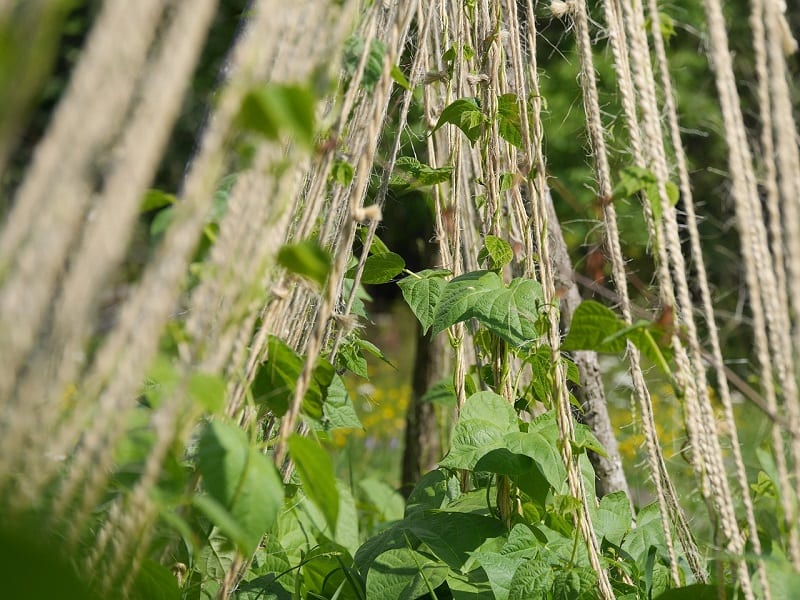
When planting an organic vegetable garden in the spring, you can either start with seeds or seedlings from the local garden center.
While seeds are inexpensive, growing vegetables from seeds may not be practical for long-season vegetables in places with short growing seasons.
That’s why most gardeners purchase seedlings when it comes to long-season plants such as tomatoes, peppers, and eggplant. We suggest you follow the same strategy.
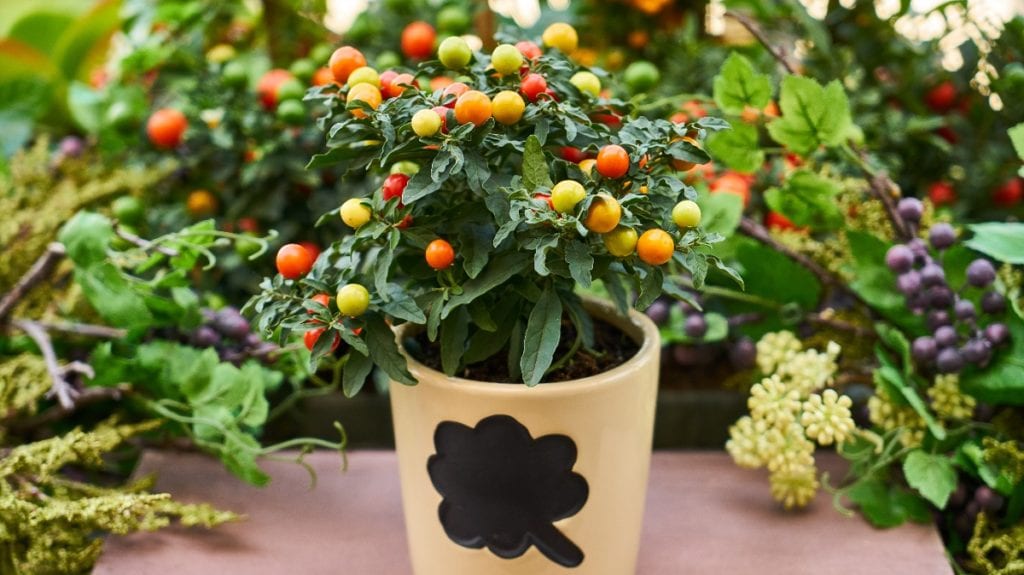
Water your garden the right way.
Proper watering is key to a thriving organic vegetable garden. You need to pay special attention when watering organic vegetables in a small garden space. Different plants have different watering requirements.
For instance, tomato plants do not require the same amount of water as newly sewn carrots and beets. Too much water can kill your tomato plant, while the seeds and seedlings need frequent watering.
Arranging plants that have similar watering requirements together will allow you to water them uniformly when needed and not the entire space.
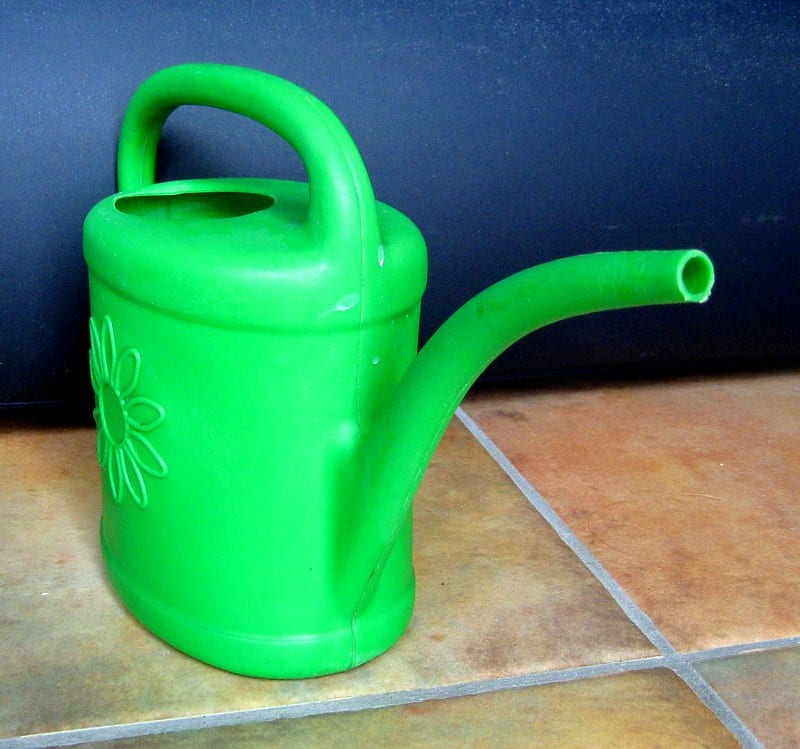
Use simple, chemical-free pest control methods.
Chemical-free pest control is easier in container gardens. Because the plants are raised above ground level, they’re less susceptible to slugs, rabbits, and other critters. Container gardening also protects plants from soil-borne bacteria and fungi.
If pests do appear in your garden, simply pinch off the affected leaves, buds, or shoot tips. You can pick off larger pests individually, and then drop them into a container of soapy water. If you feel you must spray, look for an insecticidal soap spray at your local garden center and apply accordingly.

You help the environment by growing organic food right at your home. You also save on the fuel costs of driving to the supermarket.
Best of all, you can eat delicious, healthy, and nutritious home-grown vegetables with no traces of pesticides or herbicides.








